EMRS PGT Physics Mock Test - 7 - EMRS MCQ
30 Questions MCQ Test - EMRS PGT Physics Mock Test - 7
Which of the following is not a Directive Principle?
| 1 Crore+ students have signed up on EduRev. Have you? Download the App |
Manav born on 03 December 1999, is in final year of Engineering of a Regular Course, with an aggregate of 75% till his 5th semester, he has permanent body tattoo on his inner face of forearm.
_________ is a simulation of movement created by displaying a series of pictures.
What is the shortcut key used for jumping the cursor to starting position of document in MS-Word?
Mrs. Sharma makes her assessment useful and interesting. She does this by
A teacher finds that a particular class after giving several warnings behaves in an undisciplined manner. What method should he apply to maintain the discipline of the class?
Students will respect the teacher the most, if he/she
The number of degrees of freedom a monatomic molecule is
Polarity of the capacitor in the situation described by the adjacent figure is

The maximum kinetic energy of photoelectrons emitted from a surface when photons of energy 6 eV fall on it is 4eV. The stopping potential is Volts is
An object is placed at a distance of 10 cm from a co-axial combination of two lenses A and B in contact. The combination forms a real image three times the size of the object. If lens B is concave with a focal length of 30 cm, what is the nature and focal length of lens A ?
Two long parallel wires are at a distance 2d apart. They carry steady equal currents flowing out of the plane of the paper, as shown. The variation of the magnetic field B along the line XX' is given by
The volume of a spherical body is decreased by 10-3% when it is subjected to pressure of 40 atmospheres. Find the bulk modulus of body.
(1 atm = 1.01 x 105 N/m2).
When a positive charge is moved in an electrostatic field from a point at high potential to a low potential, its kinetic energy
The height above surface of earth where the value of gravitational acceleration is one fourth of that at surface, will be
A lift is moving down with acceleration a. A man in the lift drops a ball inside the lift. The acceleration of the ball as observed by the man in the lift and a man standing stationary on the ground are respectively
[AIEEE 2002]
A block of mass 2kg rests on a plane inclined at an angle of 30o with the horizontal. The coefficient of friction between the block and the surface is 0.7. The frictional force acting on the block is
Consider the following statements
Assertion (A) : The moment of inertia of a rigid body reduces to its minimum value as compared to any other parallel axis when the axis of rotation passes through its centre of mass.
Reason (R) : The weight of a rigid body always acts through its centre of mass in uniform gravitational field. Of these statements :
In your class, you find that some students cannot understand a topic because of the wide gap in their previous knowledge. What would you do?
Which of the following is not an example of an Assessment of learning?
The launching mechanism of a toy gun consists of a spring of unknown spring constant. When the spring is compressed 0.120 m, the gun, when fired vertically, is able to launch a 35.0-g projectile to a maximum height of 20.0 m above the position of the projectile before firing. Neglecting all resistive forces, determine the spring constant.
Choose the pedagogical approach proposed in experimental learning under NEP-2020?
Improve the bracketed part of the sentence with the parts given below.
Q. The matter was being exaggerated as some people had (a hidden) motive.
In the following question, an idiomatic expression and its four possible meanings are given. Find out the correct meaning of the idiom.
Q. M.F. Hussain's works always paint a thousand words.
The following sentence has been broken into four parts with an error in one part. Identify that part and mark it as your answer. If there are no errors in any of the given parts, mark option 4 or ‘No error’ as your answer.
Q. I will not be (1)/ able to make it (2)/ to the function tomorrow.(3)/ No error(4).


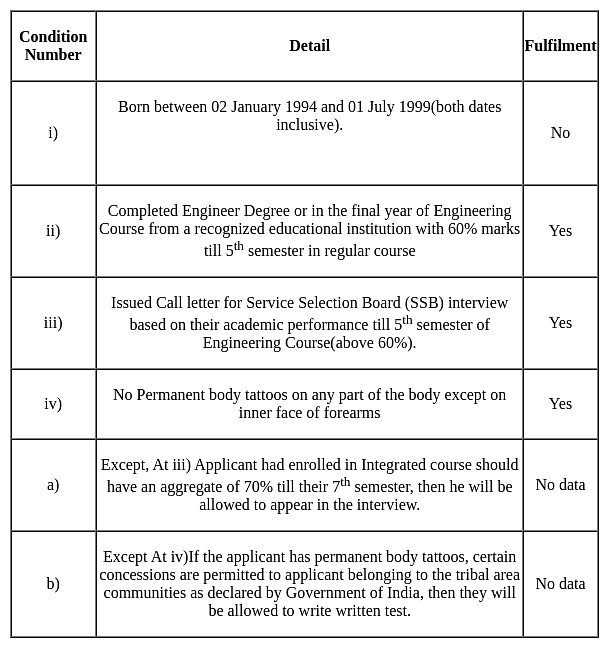
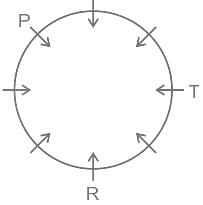
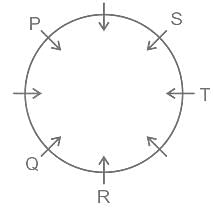
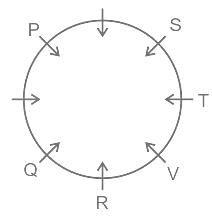

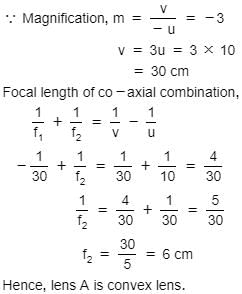
 ) is in upward direction but magnetic field at C due to B is in downward direction.
) is in upward direction but magnetic field at C due to B is in downward direction.
















